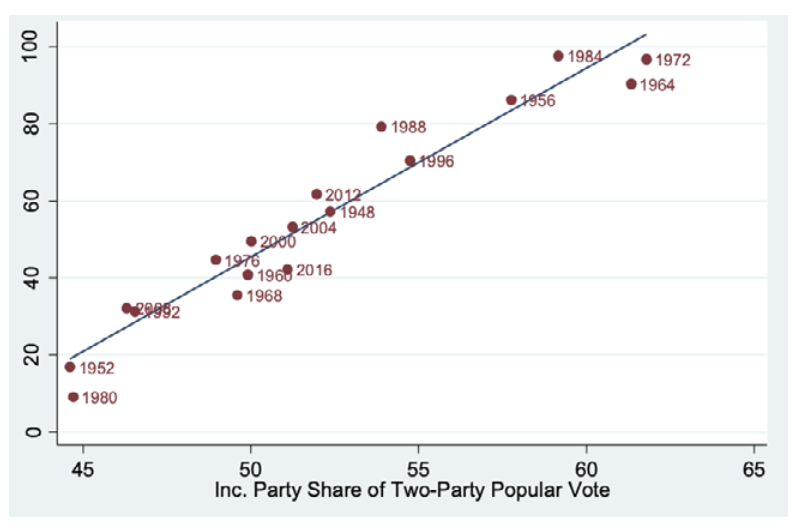
Published 2020-07-28
Keywords
- Forecasting,
- polling,
- research methods,
- elections,
- voting
How to Cite
Abstract
In recent US presidential elections, there has been considerable focus on how well public opinion can forecast the outcome, and 2016 proved no exception. Pollsters and poll aggregators regularly offered numbers on the horse-race, usually pointing to a Clinton victory, which failed to occur. We argue that these polling assessments of support were misleading for at least two reasons. First, Trump voters were sorely underestimated, especially at the state level of polling. Second, and more broadly, we suggest that excessive reliance on non-probability sampling was at work. Here we present evidence to support our contention, ending with a plea for consideration of other methods of election forecasting that are not based on vote intention polls.
